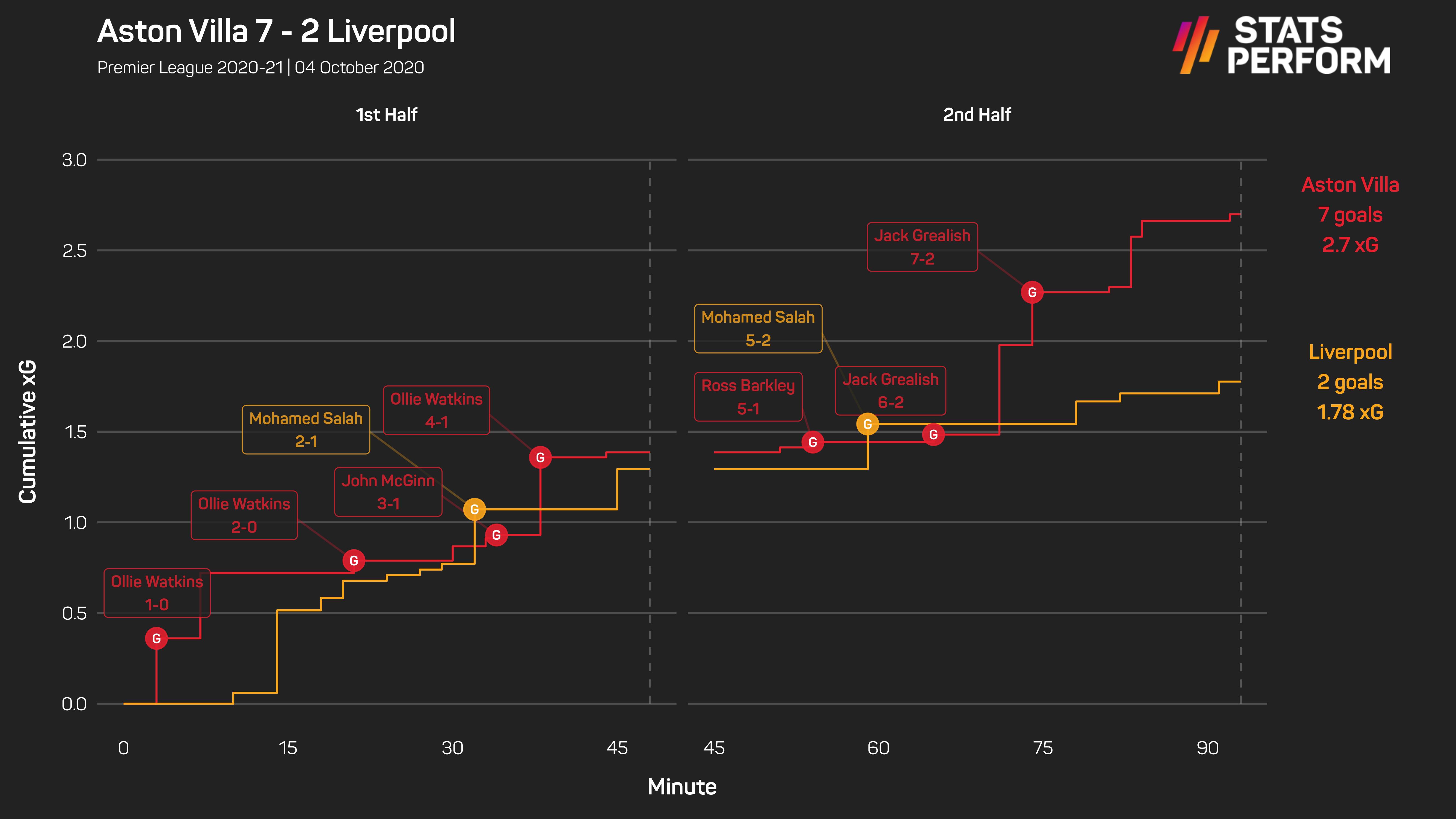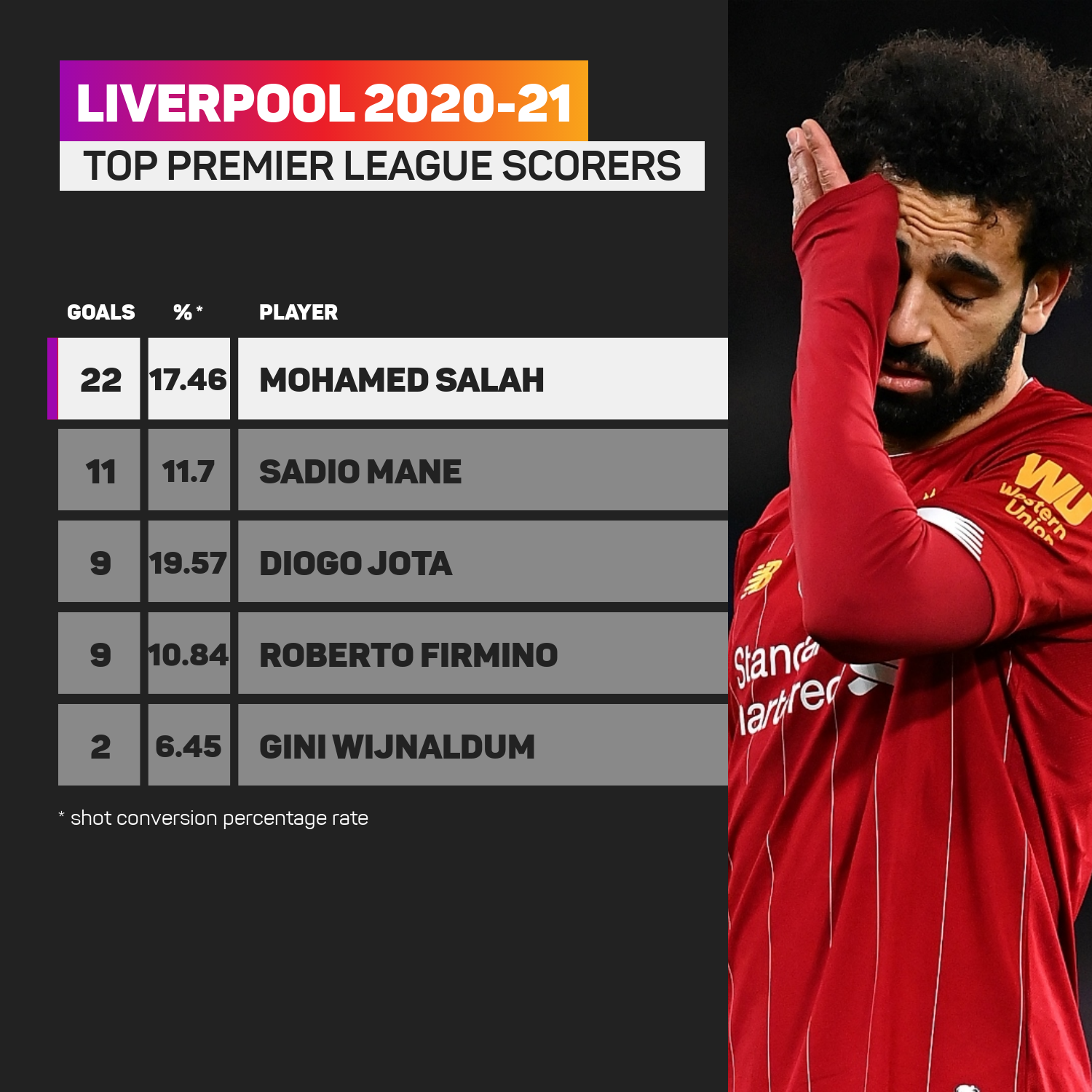These have been some tough months for the grand old city of Liverpool, the men in red losing a Premier League title first and then the waterfront being stripped of its UNESCO World Heritage status.
The cause of the latter bitter blow might be boiled down to a rush to regenerate. United Nations cultural blazers were ultimately at odds with city chiefs over the merit in complementing an elegant Victorian window on the world with shiny towers, sharp-angled business premises and apartment buildings. There's an arena too, and, perhaps the straw that broke the camel's back, a gleaming new stadium for Everton.
Goodison is going, and perhaps UNESCO is privately upset to see another of Archibald Leitch's greatest hits bite the dust.
Quite what has gone wrong at Liverpool Football Club is far from as easily deciphered, and if we were to ignore the wild journey that has led to where they stand today, perhaps there would be no real cause for worry in the first place.
Third in the Premier League last season means the Champions League awaits the Reds in 2021-22. And third after first place in 2020-21 does not sound like the worst of outcomes, a solid enough follow-up season, if just a touch deflating. Owners Fenway Sports Group will know another truckload of UEFA coinage is heading for the bank vaults, and Jurgen Klopp has been able to carry out a tweak or two to his squad, with more surely to come.
Yet with four weeks of last season remaining, Klopp's team were toiling in sixth place, the manager showing signs of feeling pressure as his team scrambled for the form that would conceal the imperfections of the previous eight months.
Ahead of the new campaign, Stats Perform looks at how Liverpool, with a long-awaited championship now long out of their system, could evolve as they bid to close the gap to the Manchester giants, United and City.
RED PERIL, OR RED HERRING?
With a little hindsight, might the drama that encircled Liverpool last season have been overblown? Anyone can lose 7-2 at Aston Villa, right?
And six consecutive home defeats... well, that occasionally happens to the best teams, doesn't it? Were three of those Anfield raiders – Brighton and Hove Albion, Burnley and Fulham – perhaps better sides than our memories recall?
Weren't Everton due a win on the other side of Stanley Park?
And above all, didn't it seem like Klopp essentially had the situation under control?
Sorry to come across all 2 Unlimited, but no, no, no-no, no-no.
Liverpool are coming off a honker of a season that they rescued rather too easily as their nearest top-four rivals waved them through. Wins over Southampton, Manchester United, West Brom, Burnley and Crystal Palace in May papered over quite substantial cracks.
"In the harder moments you can show the most and we really stuck together all the time," Klopp said.

WHAT MADE THE NEAR-INVINCIBLES SO FALLIBLE?
The injuries to Virgil van Dijk, Joe Gomez and Joel Matip are an obvious but credible answer here. Klopp took flak for not having top-class back-up to his back-up defenders, and when captain Jordan Henderson suffered a groin injury in the Everton defeat in February that was his season over too.
A strong spine turned, if not to jelly, then to something suddenly highly penetrable.
Opta data shows Liverpool gained 19 points from a losing position last season, just as they did when landing their first Premier League title in the 2019-20 campaign.
That looks admirable, and only Manchester United (31 points) and Leicester City (20) hauled back as many from being in deficit, but Liverpool also dropped 15 points from a winning position, when in the title year they let just five slip away in such a circumstance.
In the Premier League, Liverpool's players were involved in 3,736 duels in 2019-20 and a near-identical 3,729 in 2020-21. (Opta defines a duel as a 50-50 contest for the ball.)
But tellingly, Liverpool's success rate in such duels slipped from 50.55 per cent in the championship-winning campaign to 47.78 per cent.
And if that sounds like a small dip, consider that only two teams in the past two Premier League seasons have won a lower percentage of duels across a season: Bournemouth in 2019-20 with a 47.69 per cent rate, and Sheffield United with 46.55 in 2020-21. Both those sides were relegated.
It feels telling, and Klopp will want the pendulum to swing back above 50 per cent in the new campaign. Marginal gains in this area can have an enormous impact.
Mid-table Everton (52.92 per cent) and Aston Villa (52.58) led the way last season, and both had spells where they threatened to snatch a top-six place, while champions Manchester City were third, followed by Leicester and Manchester United.
NAME NAMES!
Among defenders, only Leeds United's Luke Ayling (279) made more ball recoveries than Andy Robertson (229) and Trent Alexander-Arnold (258).
There, that's a good thing.
Less good: among defenders who played at least five games, Liverpool's Alexander-Arnold (25.49 times), Neco Williams (23.59) and Robertson (20.39) stood first, second and fourth on the list of Premier League players who lost the ball the most often per 90 minutes.
Rhys Williams, who like namesake Neco had more opportunities in the top flight than he might have anticipated, achieved the Premier League's highest duel success rate among all defenders (76 per cent from nine appearances; 38 of 50 duels).
That sounds promising for the future, and Nat Phillips was another game stand-in, winning a defender's league-high 7.92 duels per 90 minutes.
Phillips stood sixth on the list of the most duels contested per 90 minutes by a defender too (13.05), and here's a statistic that won't have passed Klopp by: Liverpool won 11, drew two and lost only two games when Phillips started in the Premier League.
That is a massive 73.3 per cent win rate, and they went 9-7-7 without him (39.1 per cent win rate).
The 24-year-old was the Reds' player of the month for March, and perhaps Klopp would do well to keep him around the first team, even with Matip, Van Dijk and Gomez back for the new term.
A SOFT CENTRE?
Thiago Alcantara's first season with Liverpool proved largely anticlimactic and Klopp will expect more from the Spaniard in the new campaign. Goodness knows, with Georginio Wijnaldum now at Paris Saint-Germain, Klopp needs to find something extra in midfield, which has begun to look increasingly like the team's problem area.
Liverpool were hindered last season by losing Fabinho to a central defensive role at times, and it seems imperative Klopp has the Brazilian and Thiago forging an alliance in the coming months.
In the 21 games where skipper Henderson featured, he made 8.86 ball recoveries per 90 minutes, which put him fifth overall among midfielders and top among the squad's engine-room stars.
Henderson, playing the role of disruptor and creator, also attempted the most throughballs of any Liverpool midfielder (averaging 0.21 such passes per 90 minutes) and Klopp must long for a genuine playmaker who might get closer to the numbers posted by the likes of City's Kevin De Bruyne (0.58 per 90 minutes), United's Bruno Fernandes (0.35) or even Everton's James Rodriguez (0.41).
Liverpool did not have a midfielder in the top 20 for open-play goal assists per 90 minutes among those to have played at least 15 games, with Curtis Jones having 0.15 per 90 to sit in a tie for 21st on the list. When the assists from the flying full-backs dry up, as they rather did in the league last season, Liverpool need to do better in midfield.

MARGINAL PAINS
Liverpool had more big chances – where a player should reasonably be expected to score – than any other team in the Premier League last term. Being more clinical could have made it a very different season.
They only scored from 37.61 per cent of those 109 opportunities, however. Pep Guardiola's City stuck away 44.34 per cent of their 106 big chances and Ole Gunnar Solskjaer's United netted 45.74 per cent of their 94 such openings. The Manchester giants duly finished first and second.
Liverpool also had more passes into the final third (2,508) than any other side, so clearly they are doing a lot right, yet when their players see the whites of the opposition goalkeeper's eyes, their aim has not been as precise as would be ideal.
Their overall shot conversion percentage tumbled from 14.38 to 11.18 – from the league's highest rate in 2019-20 to only the 11th-ranked in the 2020-21 campaign.
Mohamed Salah scored 22 times with a shot conversion rate of 17.46 per cent, and Klopp would settle for a repeat of that in 2021-22, but Sadio Mane's form in front of goal has left a lot to be desired in the league.
Mane's conversion rate dipped from an impressive 23.38 per cent in the title campaign to a wholly underwhelming 11.7 per cent in the hangover season, with the addition of Diogo Jota to Liverpool's attacking ranks not proving perhaps the spur to the existing strike force that the manager might have expected.
Roberto Firmino's 9.09 per cent strike rate was tolerable in the championship year because so many others were banging goals in, but with those drying up by comparison in 2020-21, nine goals from a conversion rate of 10.84 was not what Doctor Klopp ordered.
BETTER CALL FOR SAUL?
Like just about every club, Liverpool have been hit hard financially by the coronavirus pandemic and it remains to be seen if there is a significant transfer kitty for Klopp, who has already invested by bringing in promising young French defender Ibrahima Konate from RB Leipzig.
Atletico Madrid's LaLiga-winning midfielder Saul Niguez is a rumoured target and would be a handy acquisition, but the Spaniard has also been linked with United.
Should Saul go to Old Trafford, joining Jadon Sancho and the expected addition of Raphael Varane to Solskjaer's ranks, then the team in red challenging City for supremacy next season would seem more likely to be the record 20-time English champions, and not Liverpool.
But the numbers here tell us that Klopp's team are perhaps not as far away from City as the 17-point gap from last season may suggest.
Just like a rock star's guitar, Klopp's heavy metal football only truly works when the tuning is right, and when the entire band is in sync.
Last season, Liverpool without Van Dijk were like Black Sabbath without Ozzy, Motorhead without Lemmy. They were not themselves but just about got away with it.
With the talismanic Dutchman and the inspirational Henderson over their injuries, there is just that nagging feeling that those treasured big hits could get another airing.



















